The tree’s name is Nui - she’s named after our friend’s mum. In fact, we’re growing Nui for our friend who entrusted us with Nui as she doesn’t have ideal growing conditions at her own place for a forest tree.
We planted Nui as a long, skinny, fragile seedling who was so young her bark was greenish yellow. She's now about 6 years old & although her bark has changed & she's much larger than she was, she’s still not very big & she won’t be mature for many years yet.
Tānekaha are not particularly common trees around our area so it’s been fun discovering things about Nui as we watch her grow.
Tānekaha (Phyllocladus trichomanoides) is one of our native trees traditionally used for dyeing.
A tannin rich dye is able to be extracted from the bark & red/brown colours are obtained. Traditionally the fibres dyed were muka & after being removed from the dye bath the colour modified by rolling in wood ash.
My story isn’t about the dyeing process tho - it’s about the possibilities that opened up when we discovered that Tānekaha, & their close relative Toatoa, are in the habit of abscissing their leaves.
When I started reading about this habit was when I realised the meaning of the Latin name of the tree which is when the story gets really interesting.
The leaves aren’t just your average photosynthesising leaves.
In fact the 'leaves' are not leaves at all - they are stem modifications.
which got me wondering . . .
Would it be possible to obtain colour from the abscissed leaves, which are dropped freely & frequently by the tree, rather than cutting off her bark ?!
The answer is yes. Yes it is.
Perhaps it lacks the depth of colour that might be obtained from the bark.
Perhaps it will fade in time.
I don't care.
I had only the question - is it possible ?
I am overjoyed to know that indeed it is possible.
I will never strip bark from these trees - I don't need to.
I will celebrate the reciprocity I have with Nui.
I will cherish her & thank her often for encouraging me to be open to learning simply by dropping her leaves at my feet.
He taonga tuku iho
xxx
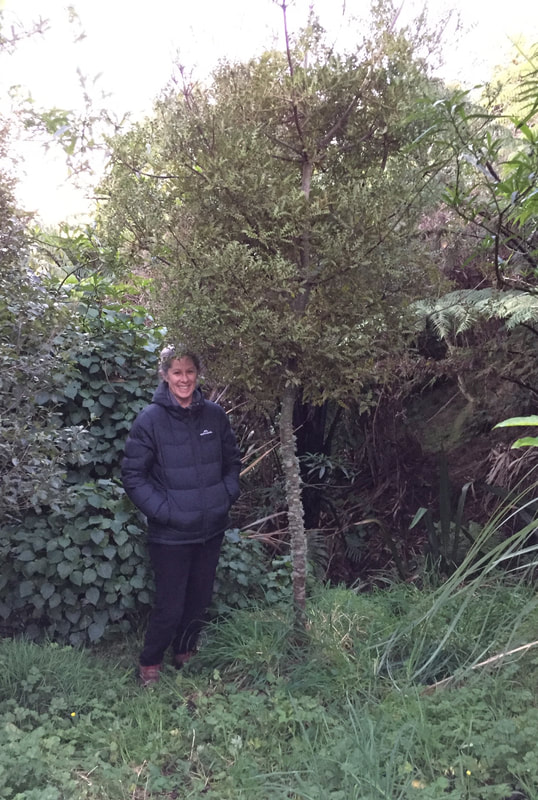
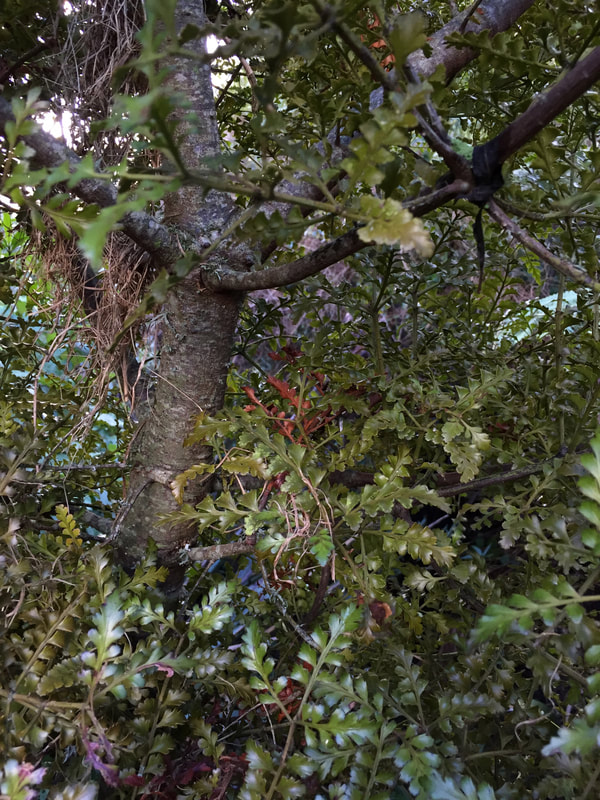
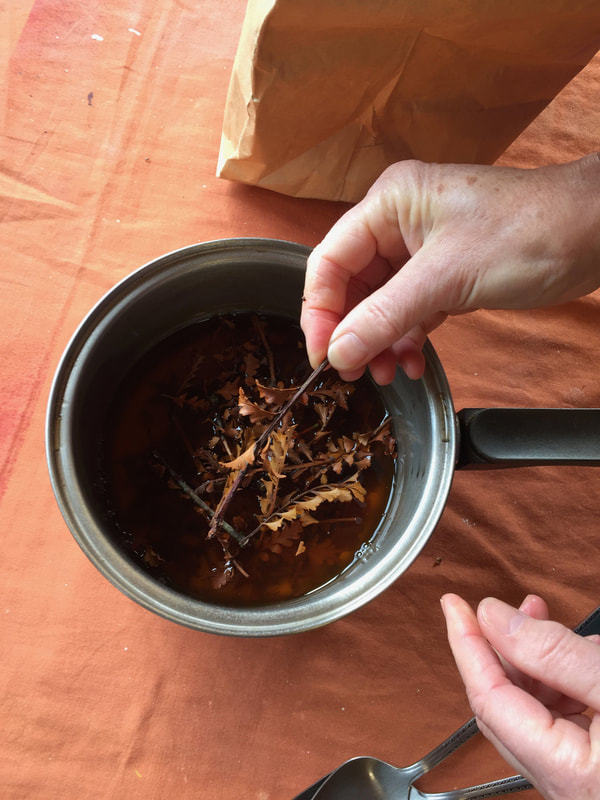
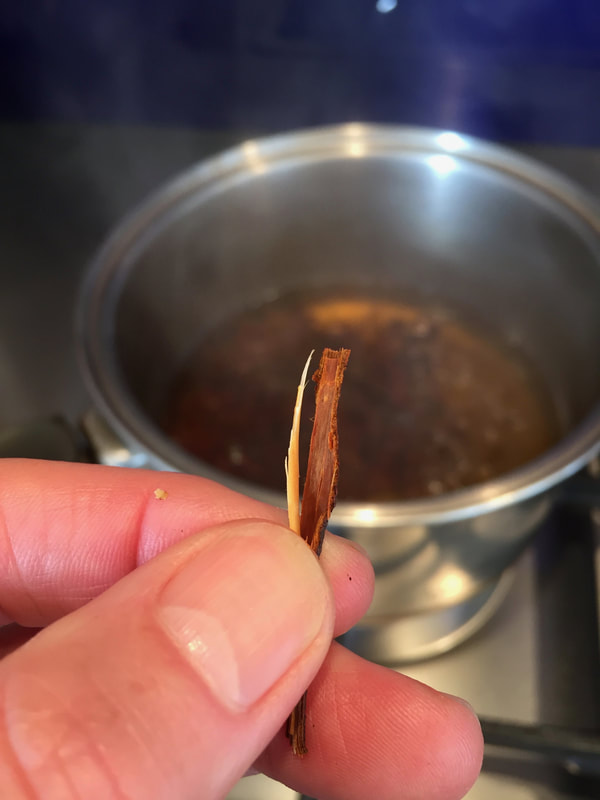
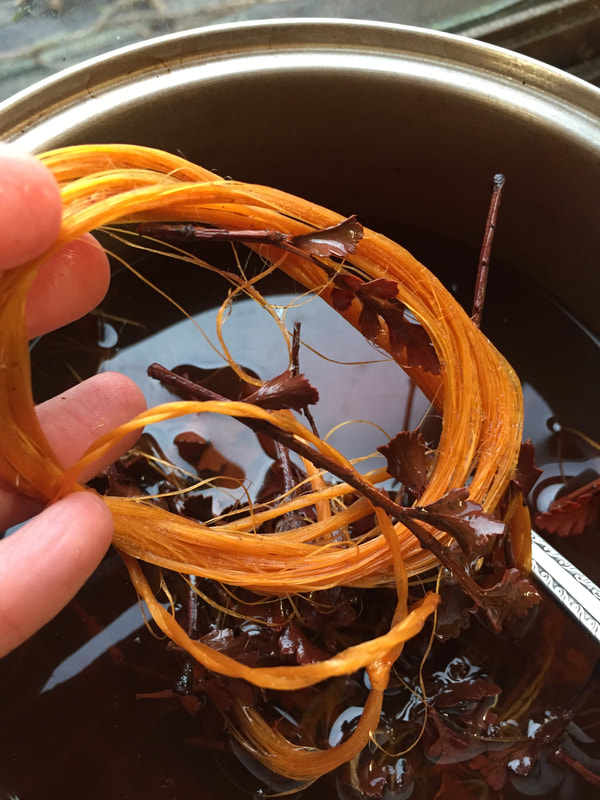
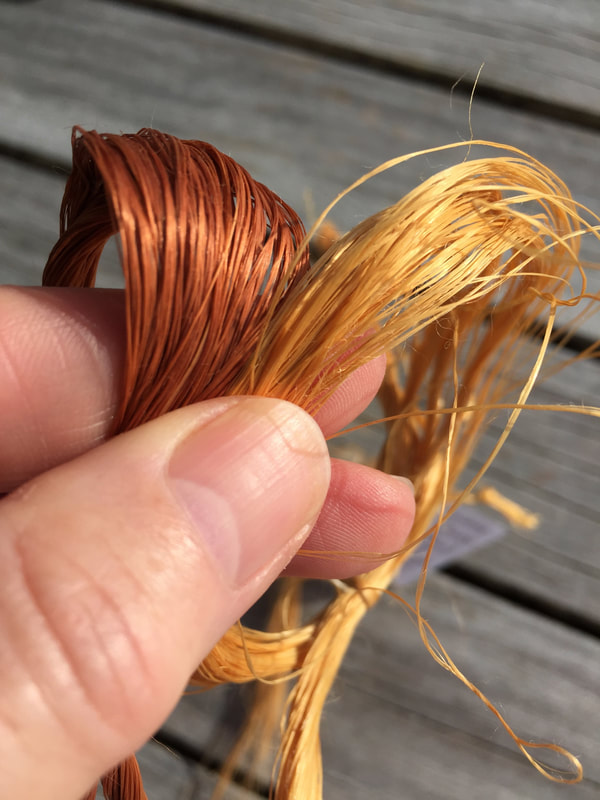


 RSS Feed
RSS Feed